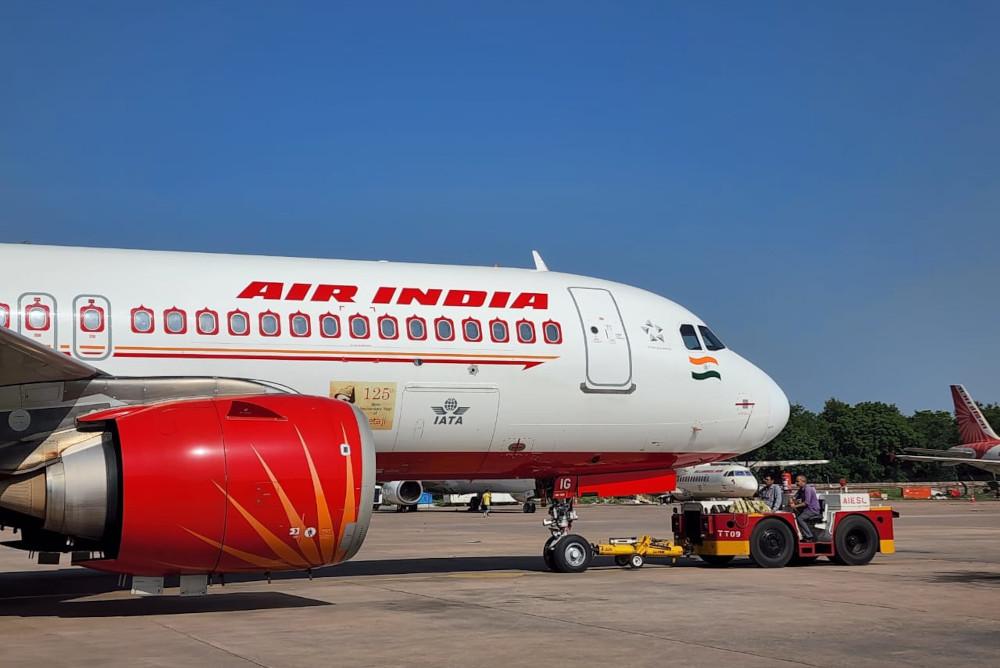
Recently privatized Air India is seeking to improve its aftermarket strategy as part of broader efforts encompassing a nose-to-tail renewal of the flag carrier.
“The transformation has already started—a slew of initiatives in areas such as refurbishing cabins, serviceable seats, in-flight entertainment systems are already underway," said Air India CEO Campbell Wilson at the unveiling of the airline’s transformation plan, Vihaan.AI. "We are also adopting proactive maintenance and refining flight schedules to enhance on time performance."
Shortly after that statement, Air India agreed to a big sale and leaseback deal with Willis Lease for 34 CFM56-5B engines.
Somewhat unusually, Willis agreed to purchase installed rather than spare engines for Air India’s Airbus A320 and A321 aircraft.
These engines will be supported under the U.S. lessor’s ConstantThrust program, which will provide standby and replacement spare engines.
As well as boosting liquidity, the deal will allow Air India to escape maintenance cost uncertainty for the engines, which are not under any OEM flight-hour maintenance contracts.
Air India has about two-thirds of its aircraft in operation, and plans to restore the rest of its fleet by early 2023.
It also is exploring leases for new-generation narrowbody aircraft, so the Willis deal makes sense for a fleet in transition.
Longer term, however, owner Tata may well look at more wide-ranging MRO contracts to leverage economies of scale from its multiple airline holdings.
According to the Indian Express, Tata is looking into merging Air Asia India into Air India Express over the next 12 months, following which it may combine Vistara with mainline Air India.





